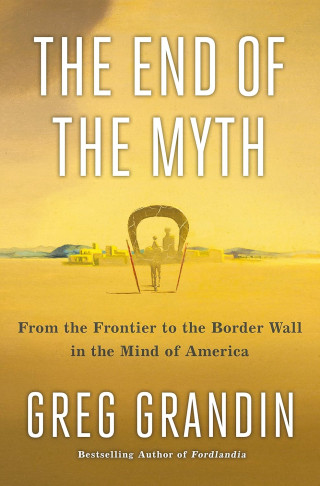The United States did not pretend to respect the territorial integrity and sovereignty of other countries, persistently refusing to sign on to resolutions and treaties that outlawed conquest. Washington wanted to keep its options open. The doctrine of conquest justified its wars against Native Americans and against Mexico, and even as it began participating in Pan-American conferences, the US wanted to have that right at its disposal. In its view, the Monroe Doctrine was “a warrant that granted the United States mandatory power to use as needed, to project its authority and protect its interests” in the Western hemisphere. This meant that Washington often stood one-against-all in multilateral meetings. Time and again, the United States expressed its opposition to the Calvo Doctrine (named for an Argentine diplomat), which held that foreigners have the same rights as nationals but don’t have extra rights. US businessmen didn’t like “Calvo clauses” in company contracts, preferring to have the option to call on gunboats as backup to defend their interests. This happened regularly. In the name of protecting US property, marines landed frequently in Cuba, Guatemala, and Honduras, and occupied Nicaragua (1912–25 and 1927–32), Haiti (1915–34), and the Dominican Republic (1916–24). The history of the Panama Canal started with Theodore Roosevelt pressuring Colombia to give up Panama and, when that didn’t work, dispatching three ships to support the insurgents hired by the US-owned New Panama Canal Company.
While it was invading other countries, the US was also participating in the construction of a system of international law. A system of global rules, especially one that the US managed, was beneficial to Washington. “This wasn’t hypocrisy,” Grandin writes. “It was carburation, figuring the most efficient mix of fuel and air, of empire and law, domination and arbitration—of going alone and working together.” This tension between nationalism and internationalism continues to define US foreign policy to this day: Washington refuses to sign treaties (including UN conventions on the protection of migrant workers’ rights and the protection of persons against enforced disappearance), signs some that it never ratifies (the American Convention on Human Rights, the Kyoto Protocol, UN Arms Trade Treaty), and withdraws from others as soon as they become inconvenient. This last list is getting longer. In 1985, when the International Court of Justice found the United States guilty of waging a war against Nicaragua by supporting the Contras, the Reagan administration withdrew from its jurisdiction. In 2002, George W. Bush removed the US signature from the Rome Statute, which created the International Criminal Court. In 2018, during his first term in office, Trump withdrew the US from the UN Human Rights Council. In 2025, on the first day of his second term, he did it again, in addition to announcing that the US would leave the World Health Organization and the Paris Climate Accords.

